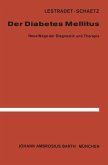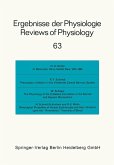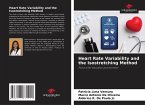High Quality Content by WIKIPEDIA articles! The erythrocyte sedimentation rate (ESR), also called a sedimentation rate or Biernacki Reaction, is the rate at which red blood cells precipitate in a period of 1 hour. It is a common hematology test which is a non-specific measure of inflammation. To perform the test, anticoagulated blood is placed in an upright tube, known as a Westergren tube, and the rate at which the red blood cells fall is measured and reported in mm/h. Since the introduction of automated analyzers into the clinical laboratory, the ESR test has been automatically performed. The ESR is governed by the balance between pro-sedimentation factors, mainly fibrinogen, and those factors resisting sedimentation, namely the negative charge of the erythrocytes (zeta potential). When an inflammatory process is present, the high proportion of fibrinogen in the blood causes red blood cells to stick to each other. The red cells form stacks called 'rouleaux' which settle faster.Rouleaux formation can also occur in association with some lymphoproliferative disorders in which one or more immunoglobulins are secreted in high amounts.
Bitte wählen Sie Ihr Anliegen aus.
Rechnungen
Retourenschein anfordern
Bestellstatus
Storno








